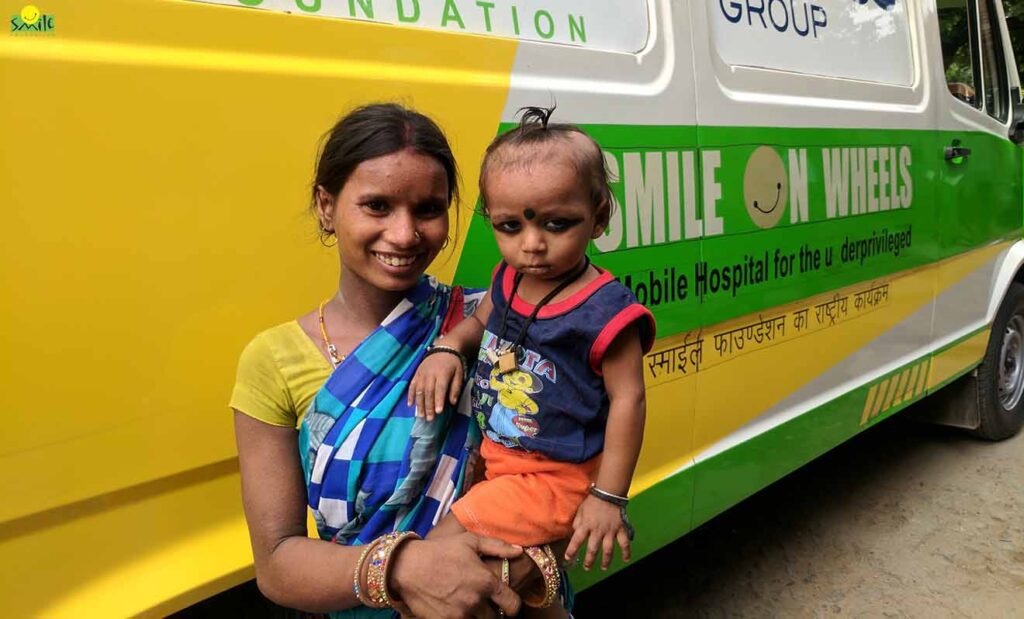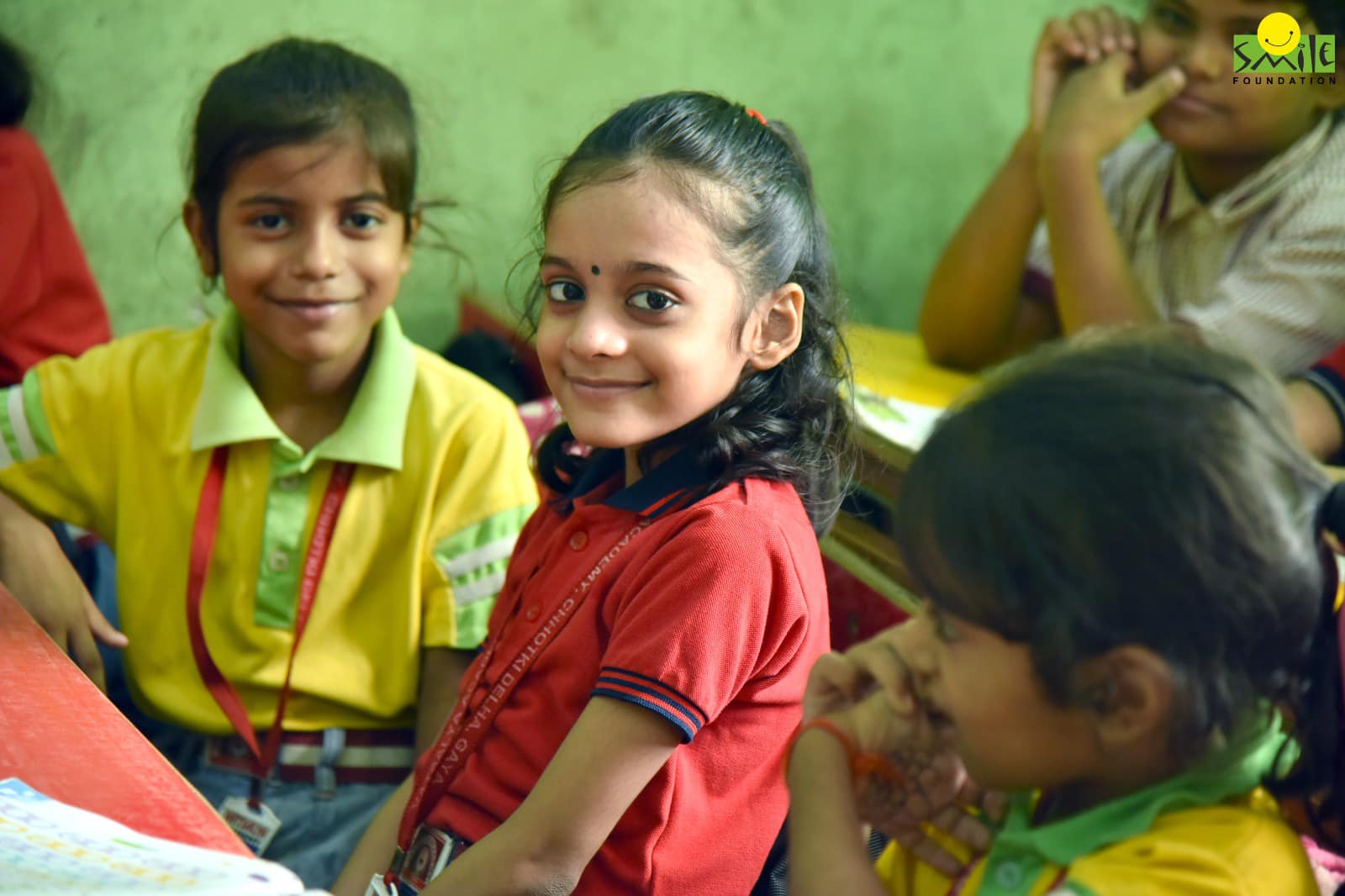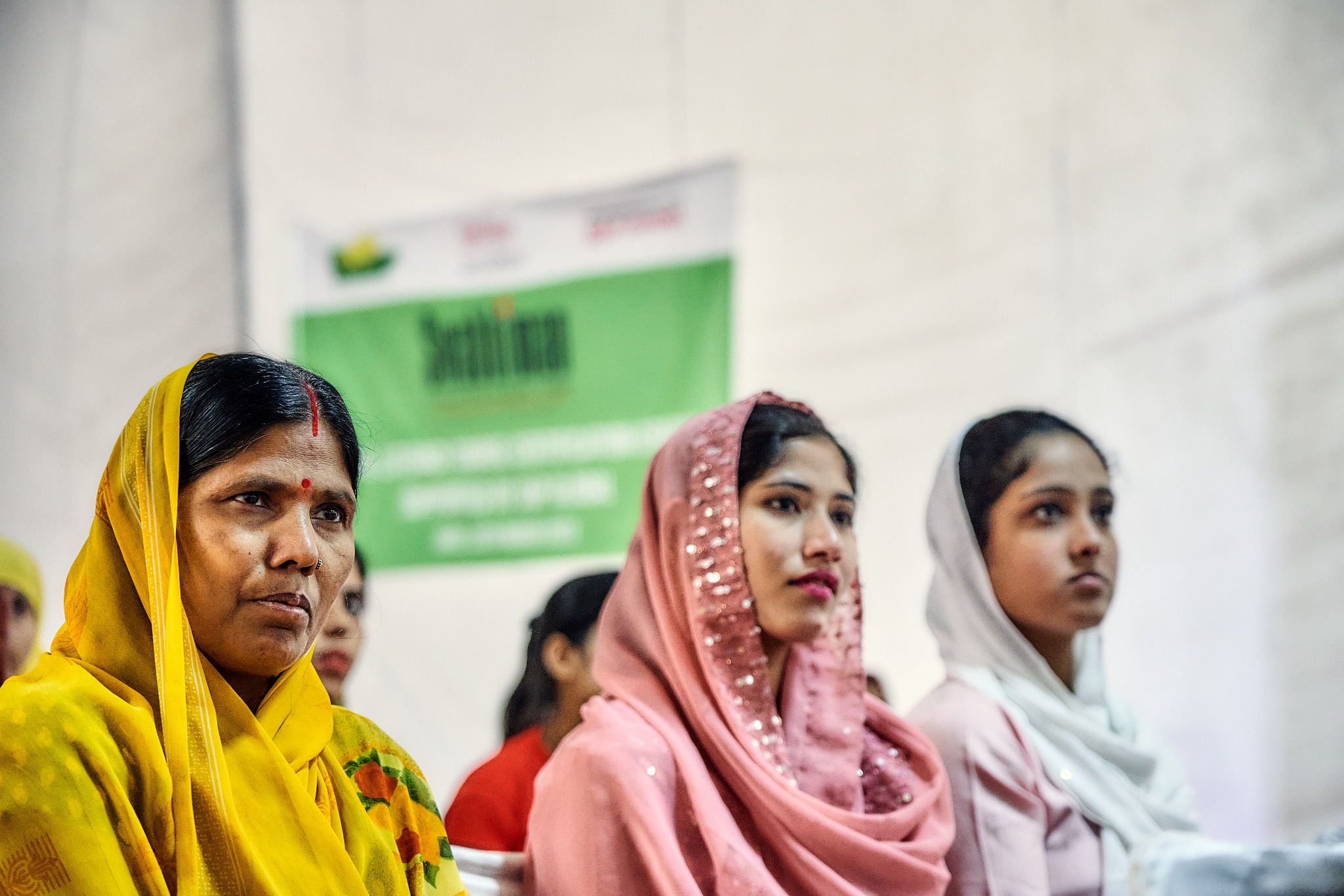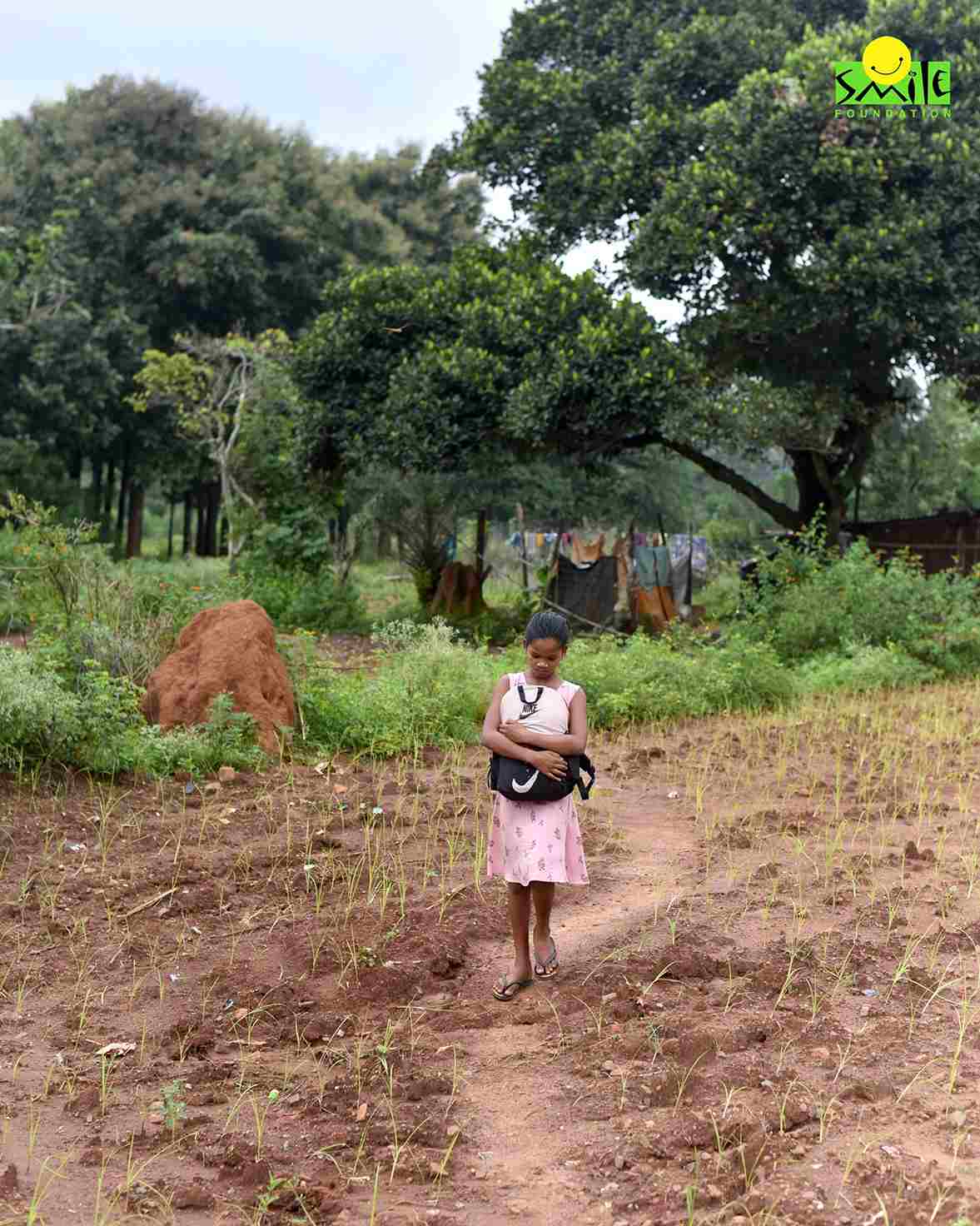Healthy people are vital to economic and social development. The last decade has witnessed multidimensional changes in health and more so in reproductive health in India. Although India has made significant progress in improving the health of its population, fertility rates, HIV and infectious disease burden and child survival, it still mandates for continued investment to expand programmes, identify new models for intervention, and develop approaches to ensure sustainability. Policy and programme environment too has undergone a change.
India launched the National Family Planning Programme in 1951 with the demographic objective of a stable population at a level consistent with the requirements of national economy. Since then, the programme has undergone dramatic changes from family planning to family welfare services to a Target Free Approach which has been restructured as Community Needs Assessment Approach in Reproductive, Maternal, New-born, Child and Adolescent Health (RMNCH+A)- a client oriented and client driven programme under National Health Mission (NHM).
The catalyst for these remarkable changes in 1990s has been the International Conference on Population and Development (ICPD) held in Cairo in September 1994. The ICPD approach is strongly reflected in India’s population and RCH programme, which has made available improved services, involves women and lays direct emphasis on community planning.
Promotion of maternal and child health has been one of the most important objectives of the Family Welfare Programme in India. The Government of India took steps to strengthen maternal and child health services as early as the First and Second Five-Year Plans (1951–56 and 1956-61). As part of the Minimum Needs Programme initiated during the Fifth Five-Year Plan (1974–79), maternal health, child health, and nutrition services were integrated with family planning services. The primary aim at that time was to provide at least a minimum level of public health services to pregnant women, lactating mothers, and preschool children.
In 1992–93, the Child Survival and Safe Motherhood Programme continued the process of integration by bringing together several key child survival interventions with safe motherhood and family planning activities. In 1996, safe motherhood and child health services were incorporated into the Reproductive and Child Health Programme. This new programme seeks to integrate maternal health, child health, and fertility regulation interventions with reproductive health programmes for both women and men. With regard to maternal and reproductive health, the important elements of the programme include:
- Provision of antenatal care, including at least three antenatal care visits, iron prophylaxis for pregnant and lactating mothers, two doses of tetanus toxoid vaccine, detection and treatment of anemia in mothers, and management and referral of high-risk pregnancies
- Encouragement of institutional deliveries or home deliveries assisted by trained health personnel
- Provision of postnatal care, including at least three postnatal visits
- Identification and management of reproductive tract and sexually transmitted infections
Globally many countries pursue the result orientation toward any development initiative, be it Public Health, Education, Agriculture, Livelihood etc. As part of strengthening this result or outcome orientated initiative the countries develop monitoring and evaluation system focusing primarily on outcome or performance indicators.
In theory, the indicators are used as tools for assessing the efficiency, effectiveness, reliability and completeness of programme implementation. The programme or scheme assessment should actually establish a coordinated balance between all the critical indicators which encompass both process as well outcome indicators.
Whereas in practice the assessment focuses largely on the outcome indicators, the outcome indicators measure the performance of the programme against certain standards which is eventually spread over a period of time. The process indicators focus on guidelines which are being followed, the availability and accessibility of the programme. They also focus on the potential risk involved and the attributes which finally influence the outcome indicators.
The monitoring and evaluation framework which have been developed under NHM have the indicators which are result oriented as in output or outcome oriented. For instance, the total number of Cheranjeevi Yojana and JSY beneficiaries in Gujarat, for the year 2010- 11 were 132470 and 292785, respectively were 23251 and 63478 beneficiaries less, respectively, from the preceding year 2009-10 (155721- Chiranjeevi Yojana and 356263 JSY) (Source- State MIS 2011), although the institutional delivery had been ever increasing. So, the concern is as to why was the number of beneficiaries dropping down while on the other hand as per NFHS 3 the IMR of Gujarat declined to 49.7 per 1000 live births and 50 per 1000 live births as per SRS 2009 and MMR to 160 per 1,00,000 live births as per SRS 2004-2006. Is it the quality of care being provided in the hospitals which is refraining the masses to go to hospitals? Also, our state MIS focuses primarily on the ultimate outcome indicators.
Till date, there has been no framework to measure any of the process indicators for, say, conducting the normal delivery for instance. The clinicians by and large conduct the delivery process (history taking, examination included) as per their respective experiences over the years. There is no specific framework to monitor the processes which are being followed while implementing any of these schemes. The challenges while developing monitoring framework for the process indicators are the indicators need to have a measurable numerator and denominator so that the indicators could be quantified and measured as the outcome indicators. Readiness (infrastructure supplies and trained human resources) of the health facilities at all level has shown significant improvement which is an important requisite for providing quality services. The process component which actually address to the quality of delivering services has also shown improvement but at a lot more initiative from district health management is required. It is primarily because it demands behavioral change, adherence to clinical standards and adoption of good practices. To accelerate the improvement in the processes, supportive supervision need to be strengthened and more attention should be given to review the process part.
To read about Smile Foundation’s health interventions, please visit









